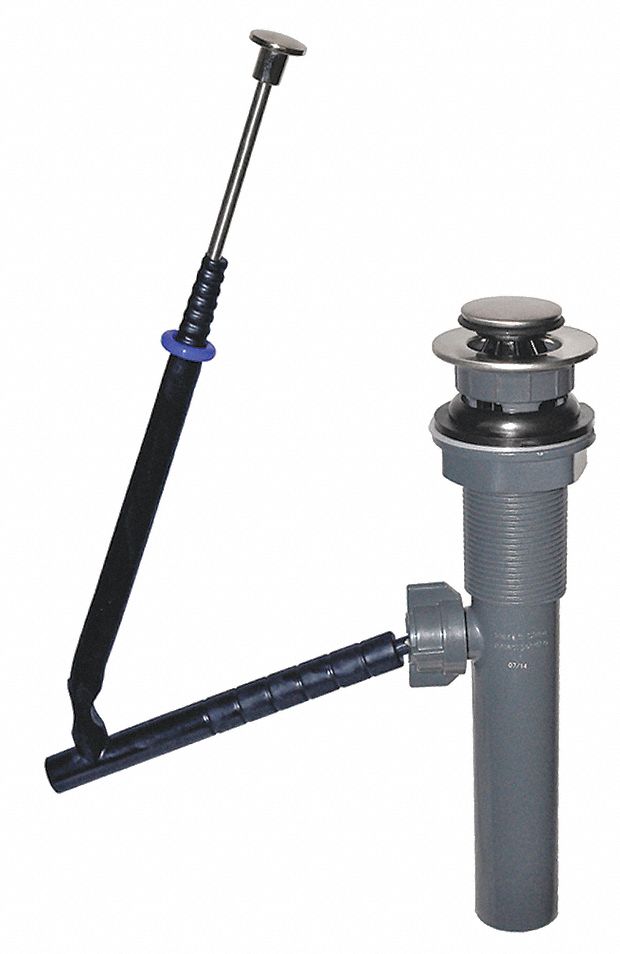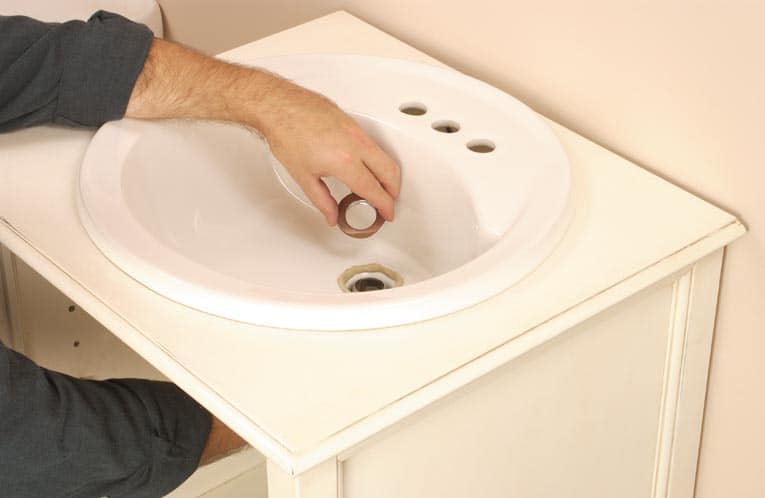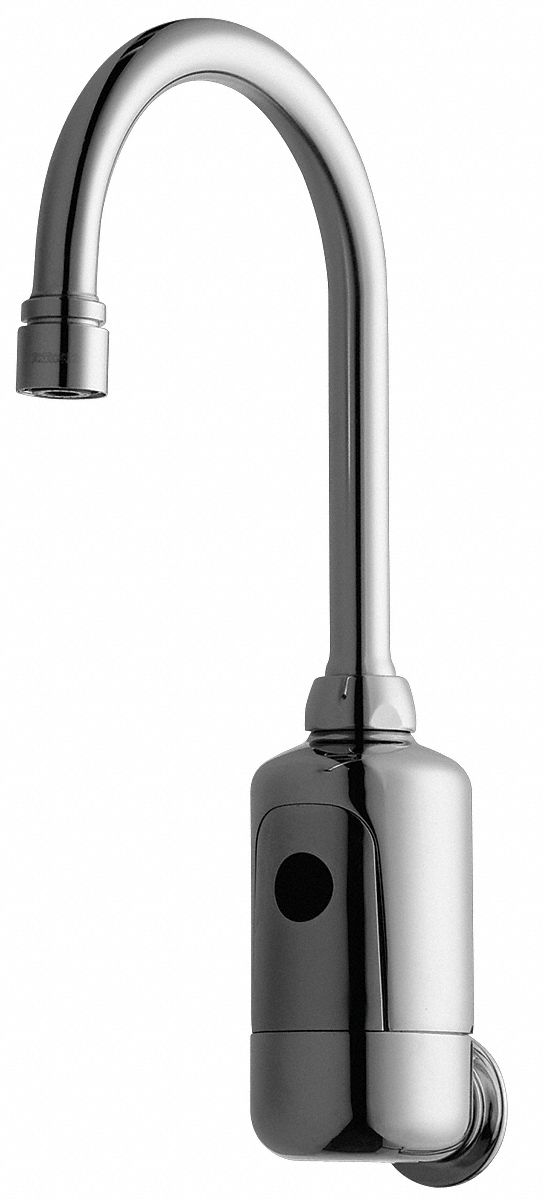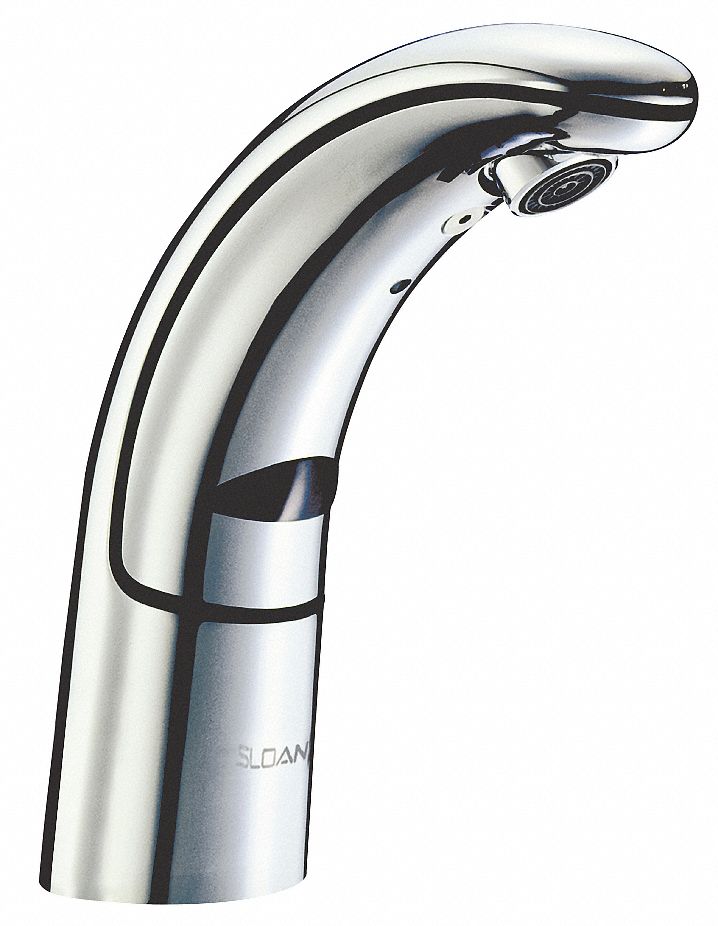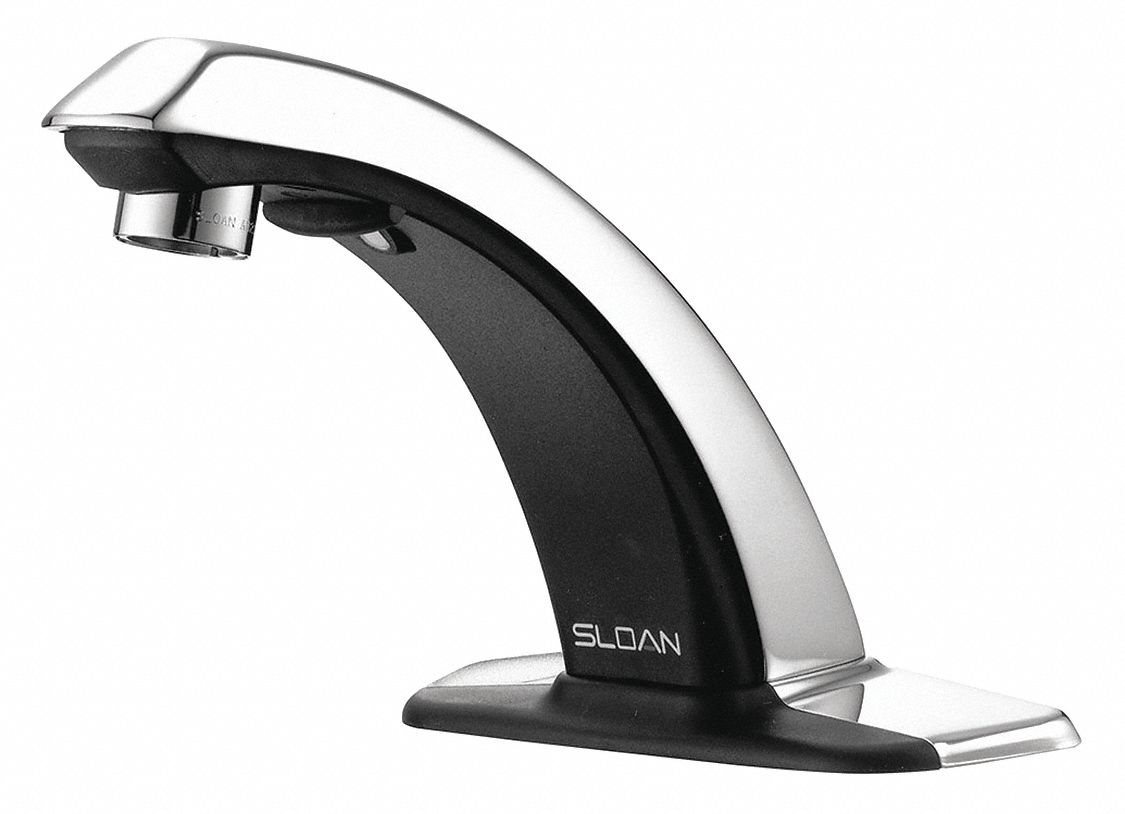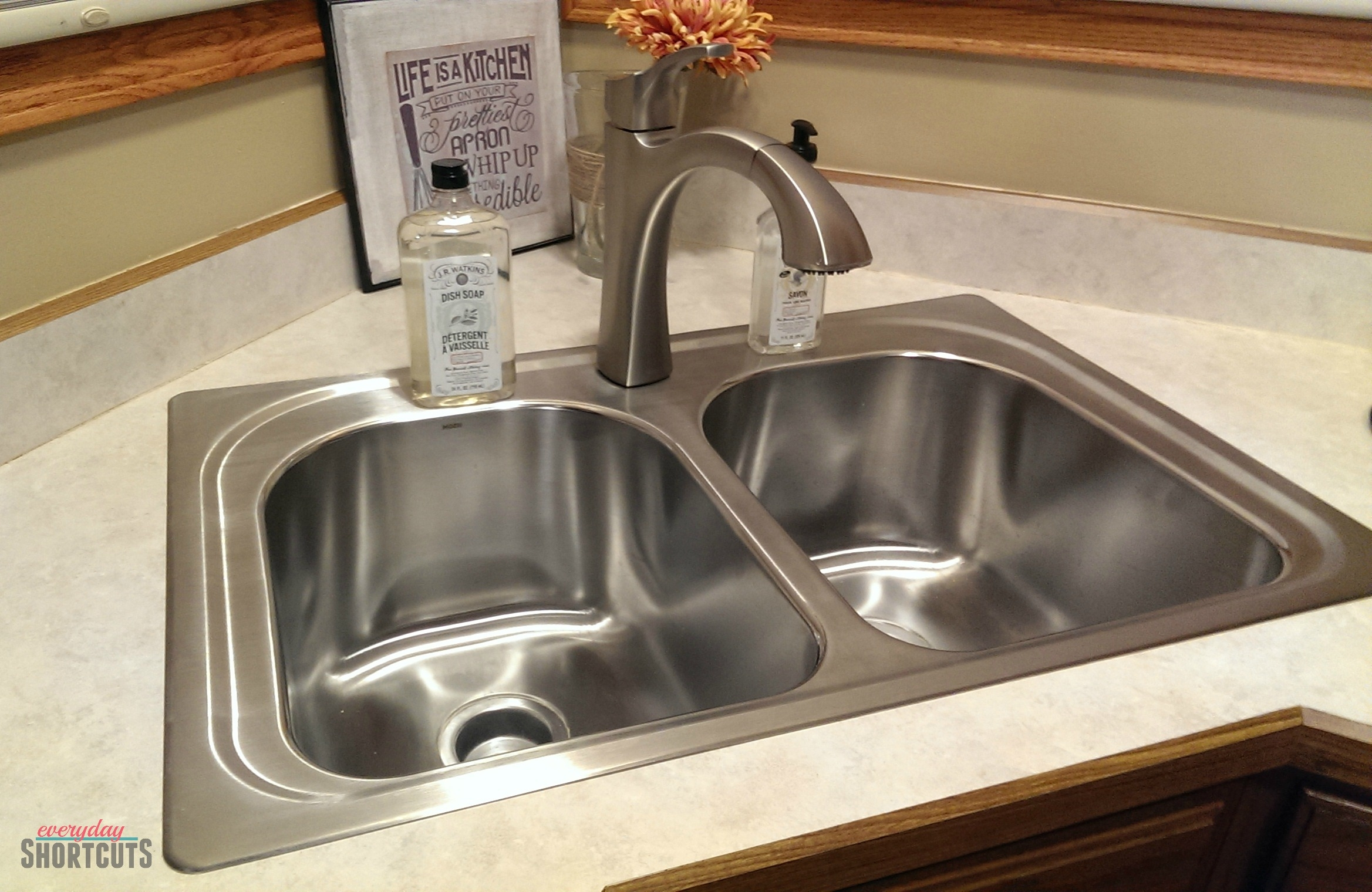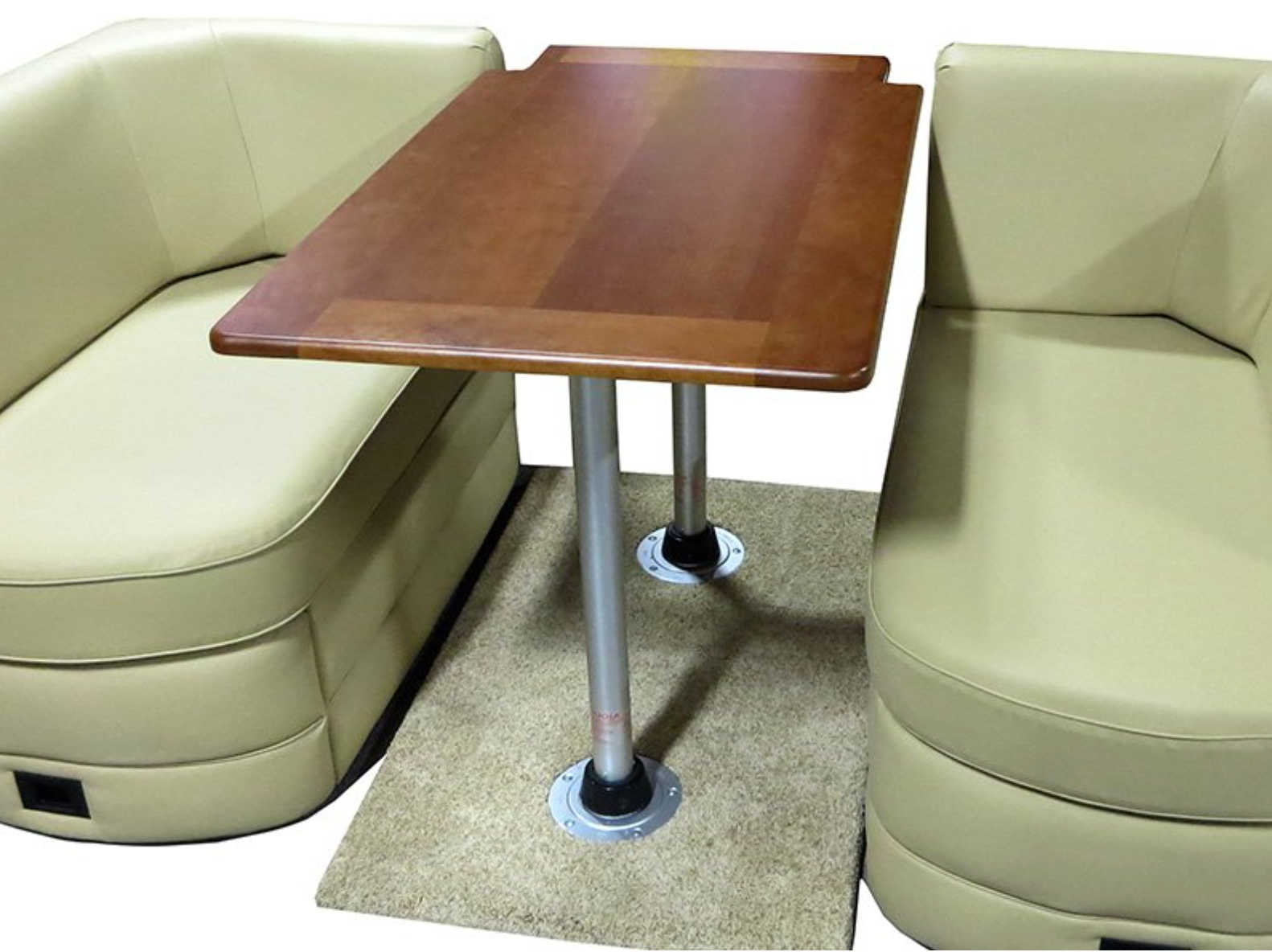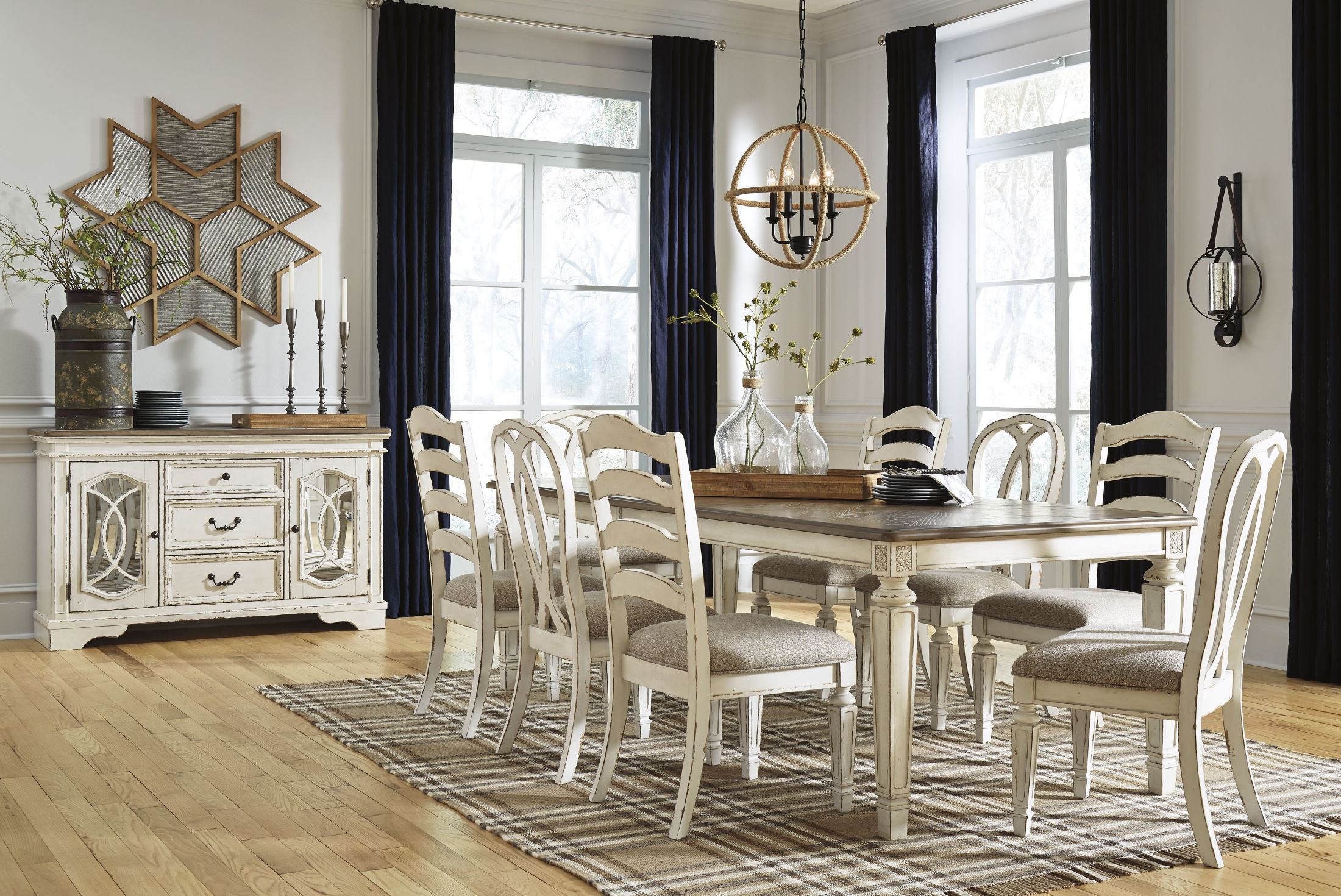Caulking a sink in your bathroom is an essential maintenance task that can help prevent water damage and keep your sink looking clean and polished. If you notice gaps or cracks around your bathroom sink, it's time to caulk. Here's how to do it yourself.How to Caulk a Sink in a Bathroom
Before you begin, gather your materials. You will need a caulk gun, caulk, a putty knife or scraper, a damp cloth, and a utility knife. Make sure the caulk you choose is specifically designed for use in bathrooms to resist mold and mildew. Start by removing any old caulk with your putty knife or scraper. Wipe the area clean with a damp cloth and let it dry completely.How to Caulk a Bathroom Sink
Start by cutting the tip of the caulk tube at a 45-degree angle using your utility knife. Place the tube in the caulk gun and push the plunger to secure it in place. Hold the caulk gun at a 45-degree angle and slowly squeeze the trigger to apply a thin and even bead of caulk along the edge of the sink where it meets the countertop. Keep the gun moving smoothly to ensure an even application.DIY Bathroom Sink Caulking
Once you have applied the caulk, use your finger or a caulk smoothing tool to smooth and press the caulk into the gap. This will help create a neat and tidy finish. Wipe away any excess caulk with a damp cloth. Let the caulk dry and cure according to the manufacturer's instructions before using the sink.Caulking a Bathroom Sink
To achieve a professional-looking finish, it's important to follow a few tips. First, make sure the area is clean and dry before applying the caulk. This will help the caulk adhere properly. Also, be sure to use a caulk that is specifically designed for use in bathrooms, as it will be more resistant to mold and mildew. Lastly, smooth and press the caulk into the gap using your finger or a caulk smoothing tool for a clean finish.Bathroom Sink Caulking Tips
When it comes to choosing the best caulk for your bathroom sink, look for a silicone-based caulk that is specifically designed for use in bathrooms. This type of caulk is mold and mildew resistant and will provide a long-lasting seal. Some popular brands include DAP, GE, and Loctite.Best Caulk for Bathroom Sink
When caulking around a bathroom sink, it's important to pay attention to any gaps or cracks around the entire perimeter of the sink. This includes where the sink meets the countertop, backsplash, and walls. By thoroughly caulking all of these areas, you can prevent water damage and keep your sink looking clean and well-maintained.Caulking Around Bathroom Sink
Caulking the edges of your bathroom sink is an important step to prevent water from seeping into gaps and causing damage. Be sure to apply a thin and even bead of caulk along the edges of the sink and smooth it out with your finger or a caulk smoothing tool for a professional finish.Caulking Bathroom Sink Edges
Don't forget to caulk around the drain of your bathroom sink. This will help prevent water from leaking into the gaps and causing damage. Use a putty knife or scraper to remove any old caulk and apply a new bead of caulk around the drain. Smooth it out and wipe away any excess for a clean finish.Caulking Bathroom Sink Drain
To keep your bathroom sink looking polished and prevent water from seeping into gaps, be sure to caulk around the faucet as well. Apply a thin and even bead of caulk around the base of the faucet and smooth it out with your finger or a caulk smoothing tool. Wipe away any excess for a neat finish. Now that you know how to caulk a sink in your bathroom, you can easily maintain the cleanliness and functionality of your sink. Remember to check for any gaps or cracks regularly and re-caulk as needed to keep your sink in top condition.Caulking Bathroom Sink Faucet
Why Caulking Your Sink in the Bathroom is Essential for a Well-Designed Home

The Importance of Properly Caulking Your Sink
 Properly caulked sinks not only enhance the overall appearance of your bathroom, but they also serve as a protective barrier against water damage and mold growth. When water seeps into the gaps between your sink and the countertop, it can cause damage to the structure of your home and create a breeding ground for harmful mold and bacteria. This not only affects the aesthetics of your bathroom, but it can also lead to potential health hazards for you and your family. Therefore, investing in proper caulking for your sink is a crucial aspect of maintaining a well-designed home.
Properly caulked sinks not only enhance the overall appearance of your bathroom, but they also serve as a protective barrier against water damage and mold growth. When water seeps into the gaps between your sink and the countertop, it can cause damage to the structure of your home and create a breeding ground for harmful mold and bacteria. This not only affects the aesthetics of your bathroom, but it can also lead to potential health hazards for you and your family. Therefore, investing in proper caulking for your sink is a crucial aspect of maintaining a well-designed home.
Ensuring a Professional and Polished Look
 Caulking also plays a significant role in achieving a professional and polished look for your bathroom. When done correctly, it creates a seamless and clean finish that adds to the overall appeal of your bathroom design. This is especially important for those who enjoy hosting guests in their homes. A poorly caulked sink can be an eyesore and take away from the overall aesthetic of your bathroom. On the other hand, a well-caulked sink adds to the overall sophistication and elegance of your bathroom, making it a more inviting and impressive space.
Caulking also plays a significant role in achieving a professional and polished look for your bathroom. When done correctly, it creates a seamless and clean finish that adds to the overall appeal of your bathroom design. This is especially important for those who enjoy hosting guests in their homes. A poorly caulked sink can be an eyesore and take away from the overall aesthetic of your bathroom. On the other hand, a well-caulked sink adds to the overall sophistication and elegance of your bathroom, making it a more inviting and impressive space.
Preventing Costly Repairs
 In addition to the visual and health benefits, proper caulking can also save you from costly repairs in the future. As mentioned, water damage and mold growth are common issues that can arise from poorly caulked sinks. These issues can lead to expensive repairs and renovations, which can easily be avoided by investing in proper caulking. By taking the time to properly seal your sink, you are not only protecting your home but also saving yourself from potential financial burdens.
In addition to the visual and health benefits, proper caulking can also save you from costly repairs in the future. As mentioned, water damage and mold growth are common issues that can arise from poorly caulked sinks. These issues can lead to expensive repairs and renovations, which can easily be avoided by investing in proper caulking. By taking the time to properly seal your sink, you are not only protecting your home but also saving yourself from potential financial burdens.
How to Properly Caulk Your Sink
 Proper caulking may seem like a daunting task, but it can easily be done with a few simple steps. First, ensure that the area around your sink is clean and dry. Next, use a caulk gun to apply a thin and even layer of
silicone caulk
along the gaps between your sink and the countertop. Use a wet finger or a caulk smoothing tool to smooth out the caulk and create a seamless finish. Finally, wipe away any excess caulk and allow it to dry completely. And just like that, you have a well-caulked sink that will not only enhance the look of your bathroom but also protect it from potential damages.
In conclusion, caulking your sink in the bathroom is an essential aspect of maintaining a well-designed home. Not only does it add to the overall appearance of your bathroom, but it also serves as a protective barrier against water damage and mold growth. It is a simple and cost-effective way to achieve a professional and polished look while also preventing costly repairs in the future. So, make sure to include proper caulking as part of your regular home maintenance routine for a beautiful and functional bathroom.
Proper caulking may seem like a daunting task, but it can easily be done with a few simple steps. First, ensure that the area around your sink is clean and dry. Next, use a caulk gun to apply a thin and even layer of
silicone caulk
along the gaps between your sink and the countertop. Use a wet finger or a caulk smoothing tool to smooth out the caulk and create a seamless finish. Finally, wipe away any excess caulk and allow it to dry completely. And just like that, you have a well-caulked sink that will not only enhance the look of your bathroom but also protect it from potential damages.
In conclusion, caulking your sink in the bathroom is an essential aspect of maintaining a well-designed home. Not only does it add to the overall appearance of your bathroom, but it also serves as a protective barrier against water damage and mold growth. It is a simple and cost-effective way to achieve a professional and polished look while also preventing costly repairs in the future. So, make sure to include proper caulking as part of your regular home maintenance routine for a beautiful and functional bathroom.







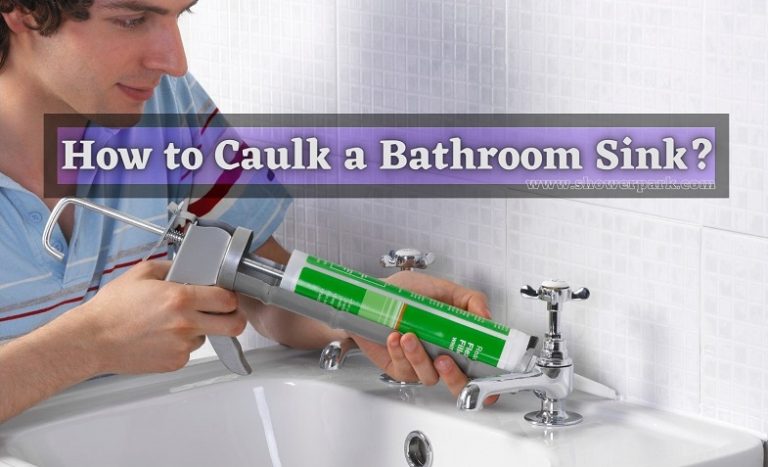










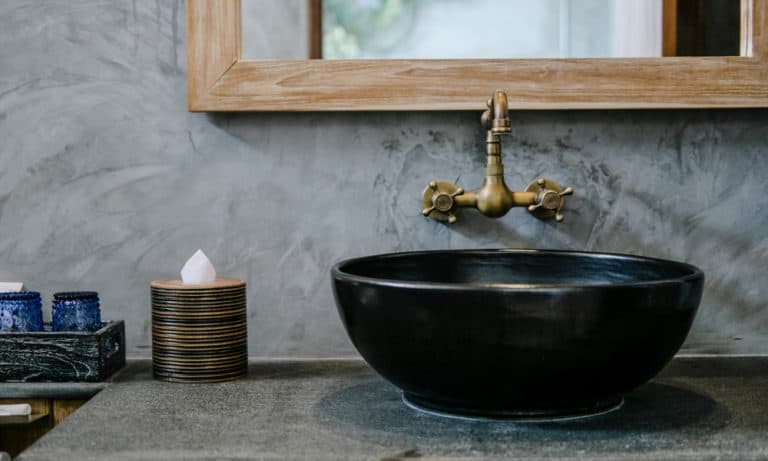

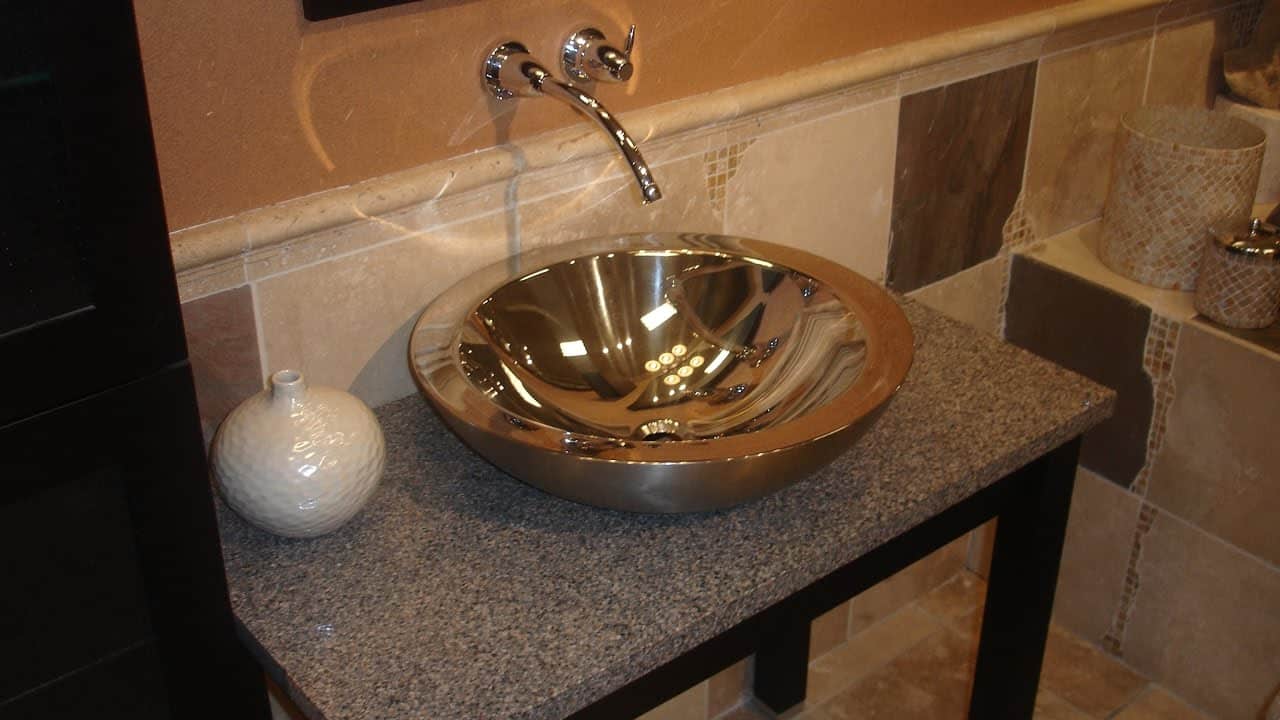





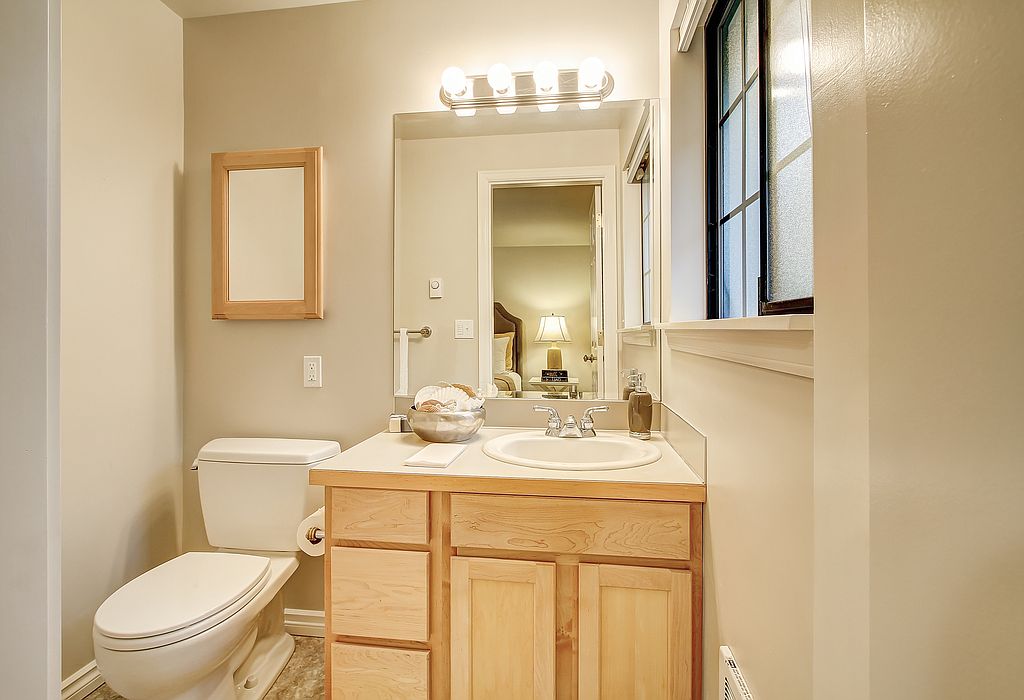


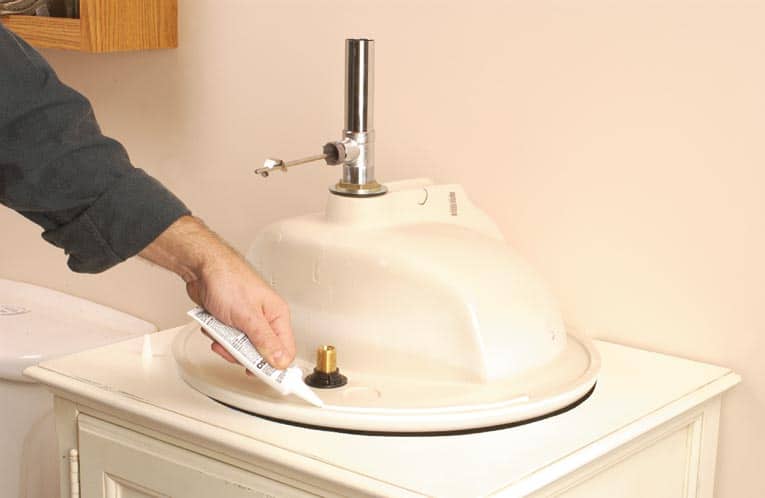


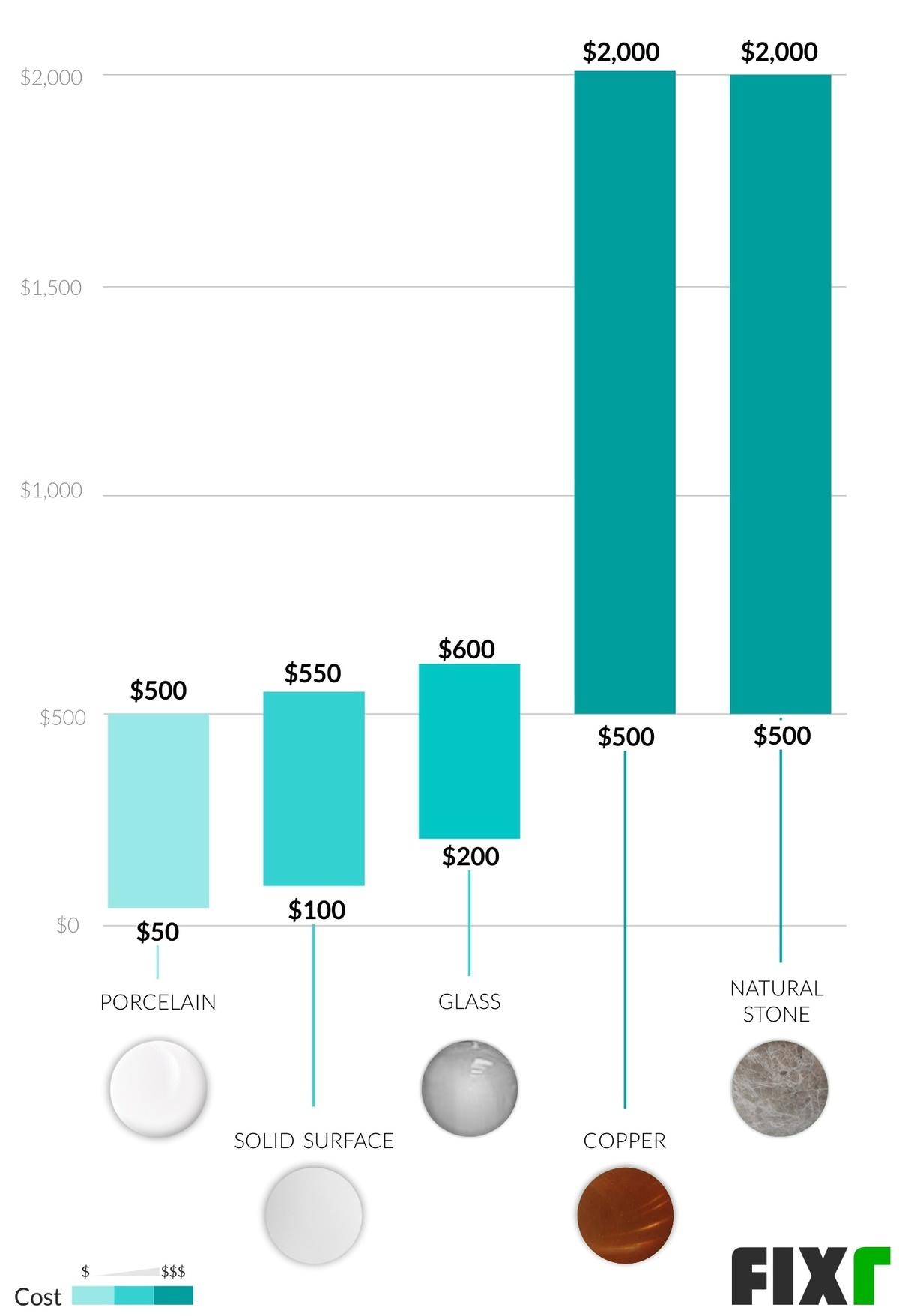
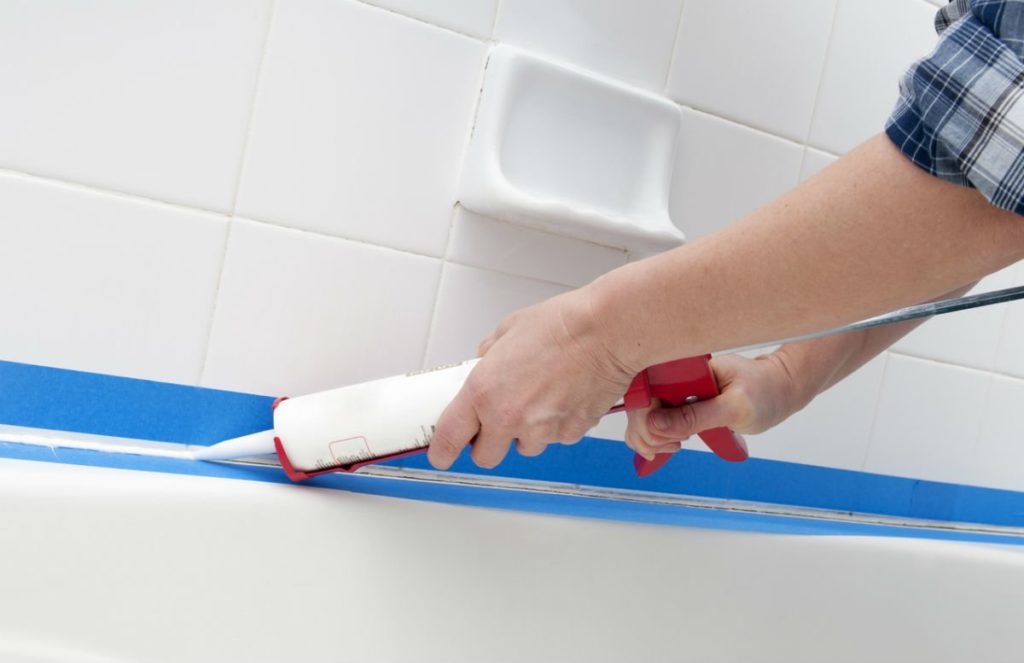


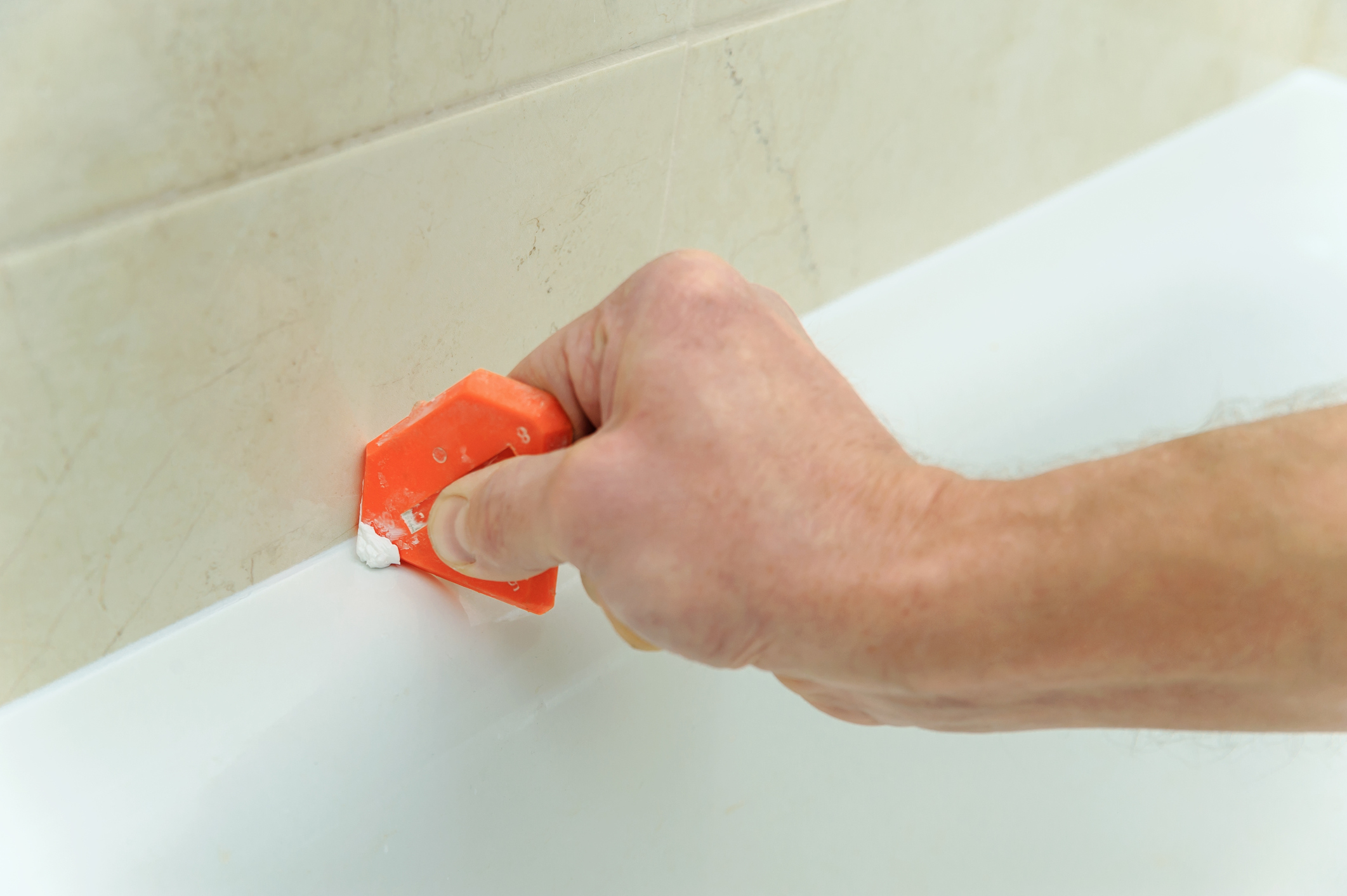


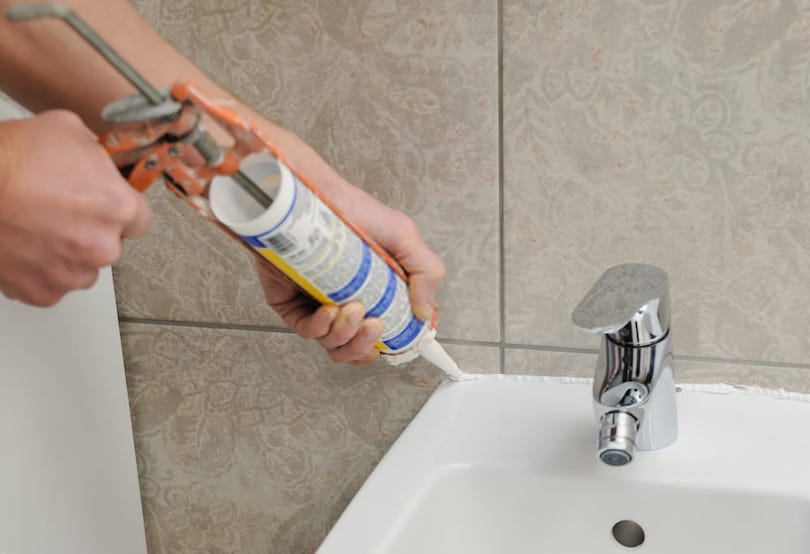









:max_bytes(150000):strip_icc()/caulking-the-bathroom-187091313-a22e0cfc811d4ed6870673079cf17bbf.jpg)
